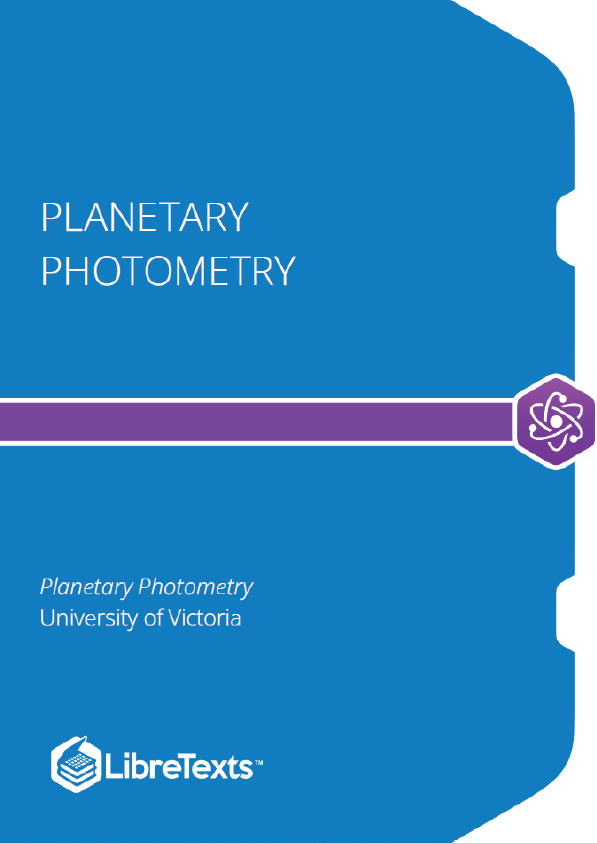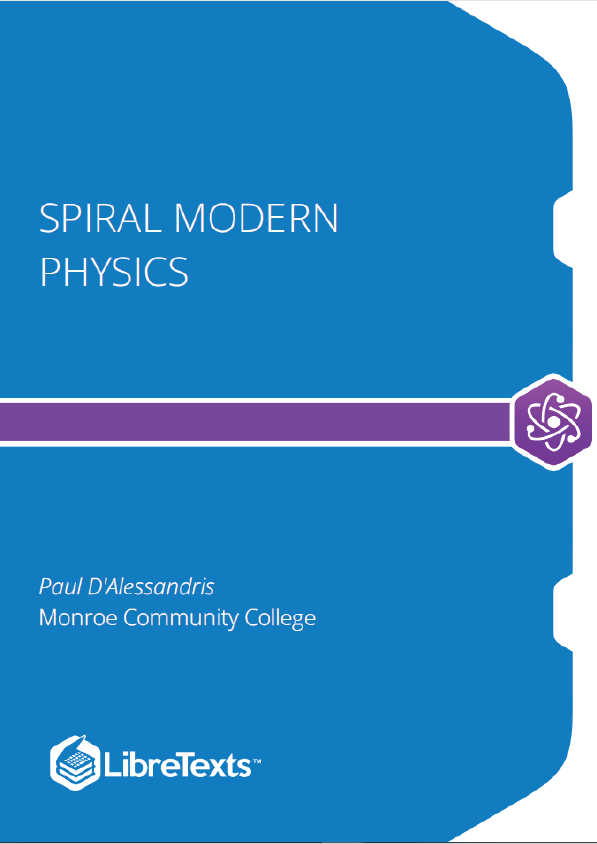What is Probability?
What is the scientific definition of probability? Consider an observation made on a general system, . This can result in any one of a number of different possible outcomes. Suppose that we wish to find the probability of some general outcome. In order to ascribe a probability, we have to consider the system as a member of a large set, , of similar, and similarly prepared, systems. Mathematicians call such a group an ensemble (which is just the French for “group”). So, consider an ensemble, , of similar systems, . The probability of the outcome is defined as the ratio of the number of systems in the ensemble that exhibit this outcome to the total number of systems, in the limit that the latter number tends to infinity. We can write this symbolically as where is the total number of systems in the ensemble, and the number of systems exhibiting the outcome . We can see that the probability must be a real number lying between 0 and 1. The probability is zero if no systems exhibit the outcome , even when the number of systems goes to infinity. This is just another way of saying that there is no chance of the outcome . The probability is unity if all systems exhibit the outcome in the limit that the number of systems goes to infinity. This is another way of saying that the outcome is bound to occur.
Wave-Particle Duality
In classical mechanics, waves and particles are two completely distinct types of physical entity. Waves are continuous and spatially extended, whereas particles are discrete and have little or no spatial extent. However, in quantum mechanics, waves sometimes act as particles, and particles sometimes act as waves—this strange behavior is known as wave-particle duality. In this chapter, we shall examine how wave-particle duality shapes the general features of quantum mechanics.
Classical Light-Waves
Consider a classical, monochromatic, linearly-polarized, plane light-wave, propagating through a vacuum in the -direction. It is convenient to characterize a light-wave (which is, of course, a type of electromagnetic wave) by specifying its associated electric field. Suppose that the wave is polarized such that this electric field oscillates in the -direction. (According to standard electromagnetic theory, the magnetic field oscillates in the -direction, in phase with the electric field, with an amplitude which is that of the electric field divided by the velocity of light in vacuum. )
Photoelectric Effect
The so-called photoelectric effect, by which a polished metal surface emits electrons when illuminated by visible and ultra-violet light, was discovered by Heinrich Hertz in 1887 . The following facts regarding this effect can be established via careful observation. First, a given surface only emits electrons when the frequency of the light with which it is illuminated exceeds a certain threshold value, which is a property of the metal. Second, the current of photoelectrons, when it exists, is proportional to the intensity of the light falling on the surface. Third, the energy of the photoelectrons is independent of the light intensity, but varies linearly with the light frequency. These facts are inexplicable within the framework of classical physics.











